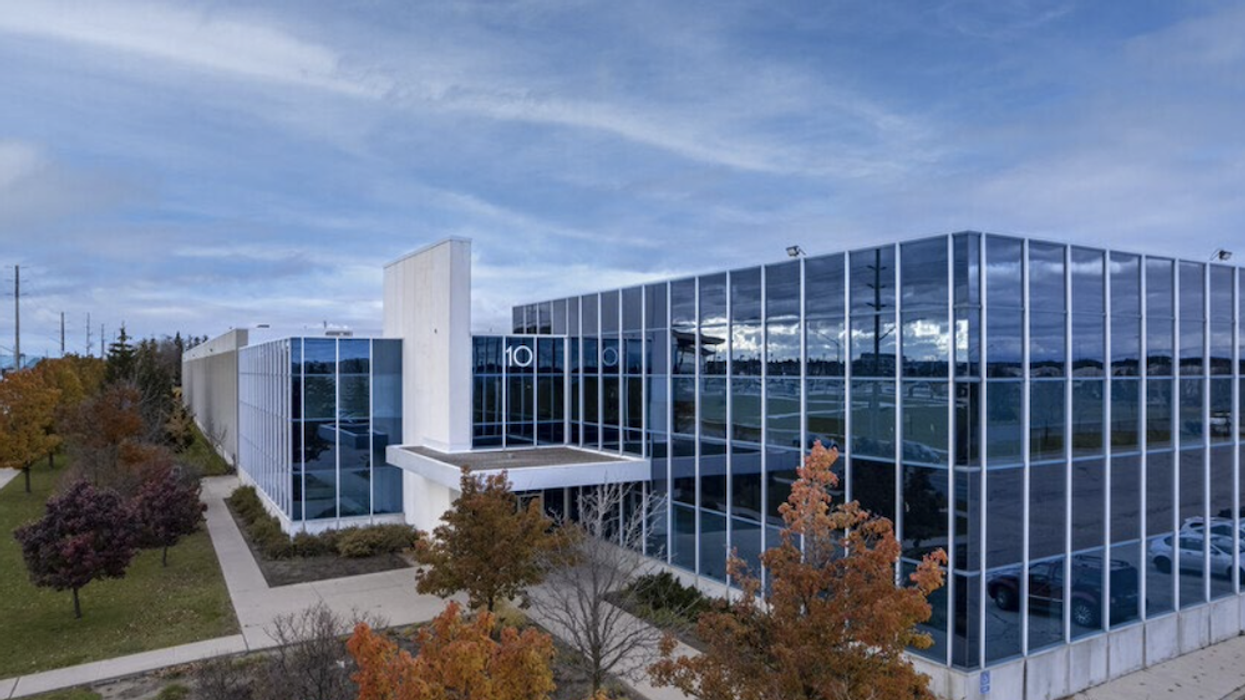Fast fashion giant SHEIN announced earlier this month that it had opened a new 170,000-sq.-ft warehouse and office space in Markham, Ontario, marking its first-ever distribution facility in Canada. The Chinese retailer's latest investment is a sign of the times for Canada's commercial real estate market, which has seen steady interest and growing prices for warehouse properties.
E-commerce sales surged during the pandemic, allowing brands like SHEIN -- a favourite among Gen Z -- to grow rapidly. Although that rapid e-commerce growth has since tapered off, retail sales in general are still on the rise, according to the latest available data from Statistics Canada. Retail sales totalled $61.8B in August if this year, of which $3.5B was e-commerce.
The new SHEIN facility plans to capitalize on growing demand in Canada, with the new distribution centre allowing them to offer better service for Canadian customers.
"Our new facility will help us cut shipping times for Canadian customers and reduce the number of packages in the international shipping stream -- delivering on two of our key business priorities," SHEIN Canada General Manager Vito Zhong said in a press release.
Amazon has similarly expanded its Canadian footprint, announcing the construction of several new warehouses across the country. And in December of last year, Amazon announced the lease of a 100,000-sq.-ft building in Ottawa’s Hawthorne Industrial Park that will serve as its delivery station facility for the region. Purolator has also gotten in on the new warehouse action too, announcing plans to open two new facilities, including a 585,000-sq.-ft, state-of-the-art sorting facility in Toronto to allow for processing higher volumes of packages.
Despite dramatic fluctuations seen in the residential market, demand for warehouse space has remained steady, particularly in the Greater Toronto Area (GTA). In fact, Thomas Cattana, Vice President at Colliers, notes that vacancy rates are the lowest they've been in recent memory.
"If you look back 10 years ago, the availability rate would have been a number around 5%, and today that availability rate as of Q3 2022 is less than 1% -- it's 0.7%," Cattana told STOREYS.
When a warehouse facility does come up for lease, particularly if it's a good size and is close to transit routes, Cattana says you have to act quickly, as there are typically multiple groups that would be eyeing it.
Colliers was tasked with finding the GTA warehouse space for SHEIN, which in today's market was not an easy feat. Wanting a facility that was move-in ready and around 170,000 sq. ft, there were only a few options available -- one of which was the 10 Canfield Drive property in Markham that the fashion retailer ended up leasing.
"When we were working over the summer, we really only had a few options at hand," Cattana said, "This option works excellently for what they require, but if you need a near-term availability, you're not looking at an option list that is in the double digits."
With higher demand inevitably comes higher prices. In the GTA, the average lease price for both commercial and industrial space was up in Q2, according to Toronto Regional Real Estate Board data. Commercial leases sat at $26.58 per sq. ft in Q2 2022, up from $20.07 one year prior. Industrial leases averaged $13.33 in Q2, up from $11.08 during the same time last year.
Although retail growth since the onset of the pandemic certainly allowed more retailers to expand their operations, increasing demand, the drying up of available warehouse spaces began long before that.
"The Greater Toronto Area industrial market has been, over the last 10 years or longer, steadily declining in availability," Cattana said. "We typically build somewhere between 10 and 12M sq. ft per year, and every year, the market is under supplying the demand for warehouses."
Cattana says he's seen some creative new trends emerge that can add more warehouse space more quickly, like the construction of multi-storey warehouses.
"A site that would have typically had a 45% site coverage might have a building that is exceeding that, so that can be a way that you add more square footage to the market," Cattana said. "There's one that's being developed in Vancouver right now, and there's one that is planned to be under construction within the Greater Toronto Area."
Warehouses are also getting taller, which allows companies to fit more product into the space, improving their cubic efficiency, Cattana noted, saying "that would ideally relieve a bit of the demand." He points to an example of a new 40-ft-tall warehouse being built on Sheppard Avenue that replaced an older warehouse that was roughly one-third of the height.
"Now it's going to be a brand new building that is going to meet the needs of the today's occupier," Cattana said.





















